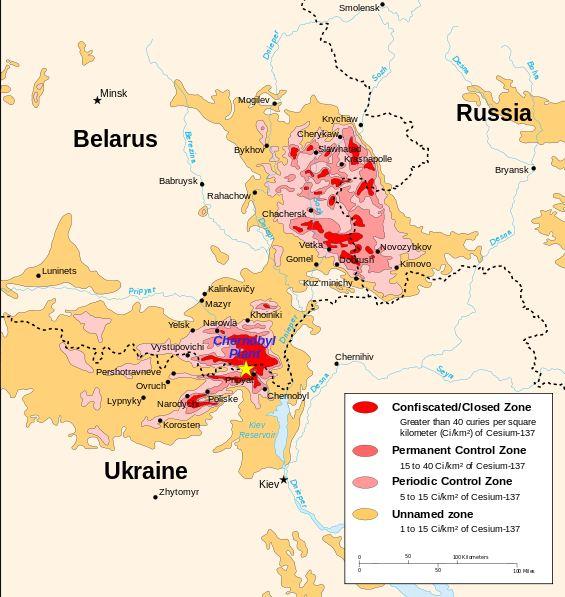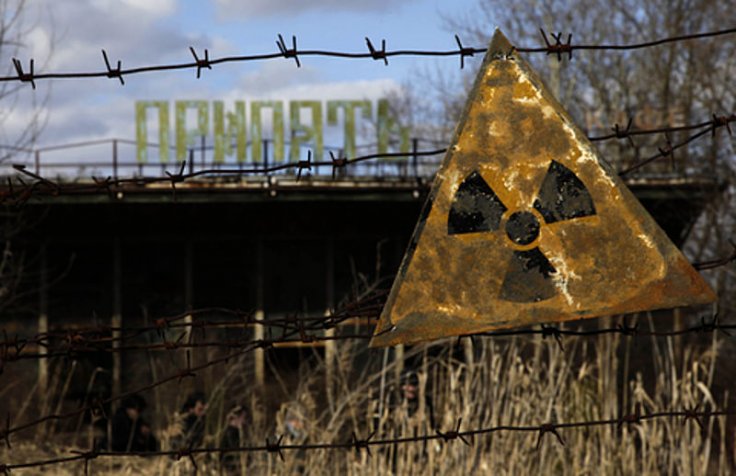The name Chernobyl reminds of the disastrous nuclear power plant accident that took place on April 26, 1986, near the city of Pripyat. While 31 people died as an immediate result of Chernobyl, the UN estimates that only 50 deaths can be directly attributed to the disaster. But in 2005, it predicted a further 4,000 might eventually die due to the radiation exposure.
Earlier scientists and many experts said that the abandoned area in Chernobyl is still radioactive, but bears, wolves, bison, deer, beavers, foxes, badgers, wild boar, raccoon dogs and over 200 species of birds have formed their own ecosystem within the disaster area. Recently scientists have discovered that a strand of fungi in the nuclear power plant feeds on radiation and researchers believe that its properties could help protect people from radiation.
Fungi that feeds on radiation

As reported by Express, this fungi, called as Cryptococcus neoformans was first noticed at Chernobyl in 1991. It can be a terrible microorganism for humans if it gets into those with compromised immune systems and causes an infection known as cryptococcosis. But as per recent findings, this can be also beneficial for humans, specifically in space.
It should be noted that Cryptococcus neoformans contains high levels of melanin, which is a pigment that turns skin darker. The melanin absorbs radiation and turns it into chemical energy, which is similar to how plants turn carbon dioxide as well as chlorophyll into oxygen and glucose through photosynthesis, revealed a 2007 study. As per the scientists, this specific process is dubbed as radiosynthesis.

How Cryptococcus will help astronauts?
As per the reports, the melanin absorption is an interesting property which could be used to protect astronauts in space. The scientists at the US space centre NASA are looking into the possibility of extracting melanin from the fungi, Cryptococcus, to use the element and produce the space-approved sunscreen.
Radamés J.B. Cordero, a researcher at Johns Hopkins Bloomberg School of Public Health and lead on the project, stated that it is a known fact that space radiation is dangerous and it damages matter. He also mentioned that "If you have a material that can act as a shield against radiation, it could not only protect people and structures in space but also have very real benefits for people here on Earth."
It should be mentioned that last year in November, the Johns Hopkins University scientists sent melanin derived from the fungus to the International Space Station (ISS), where the scientists tested it for its ability to protect against radiation in space. However, the results of this work are expected to be released within the next few months.









